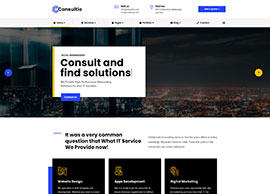
Plagiarism can have serious consequences, but fret not! If you’re using Microsoft Word, here’s a step-by-step guide to ensure your content is original and free from any unintentional borrowing.
1. Utilize the Built-in Feature:
Microsoft Word comes equipped with a powerful tool. Navigate to the “Review” tab, where you’ll find the “Check for Issues” dropdown. Click on “Check Accessibility” to run a basic scan for potential plagiarism.
2. Leverage the Smart Lookup Feature:
Highlight a specific phrase, right-click, and choose “Smart Lookup.” This feature taps into Bing’s search engine, helping you verify the originality of your content by cross-referencing it with online sources.
3. Online Plagiarism Checkers:
For a more thorough analysis, consider using external plagiarism checkers. Many tools are available online; simply copy your content, paste it into the checker, and await the results. Popular options include Grammarly, Turnitin, and Copyscape.
4. Use Citation and Reference Tools:
Proper citations are your shield against plagiarism accusations. Microsoft Word offers citation and reference tools, aiding you in crediting original sources and avoiding unintentional plagiarism.
5. Track Changes for Collaboration:
If you’re collaborating on a document, enable the “Track Changes” feature. This not only helps in identifying contributions but also ensures transparency, minimizing the risk of accidental plagiarism.
6. Check Similarity Percentage:
Some external tools provide a similarity percentage, indicating how much of your content matches existing sources. Keep an eye on this metric to gauge the originality of your document.
7. Paraphrasing and Rewriting:
If you find similarities, consider paraphrasing or rewriting the content. This not only ensures originality but also enhances the uniqueness of your work.
8. Regularly Update Your Antivirus Software:
Malicious software can sometimes introduce plagiarized content. Keep your antivirus software up to date to protect your documents from potential threats and maintain document integrity.
9. Stay Informed About Plagiarism Policies:
Different institutions and organizations may have specific plagiarism policies. Stay informed and adhere to these guidelines to avoid unintentional violations.
10. Educate Yourself and Others:
Understanding what constitutes plagiarism is crucial. Educate yourself and those you collaborate with to foster a culture of originality and academic integrity.
By following these steps, you’ll not only safeguard your work but also foster a commitment to originality in your writing endeavors. Happy writing!










































